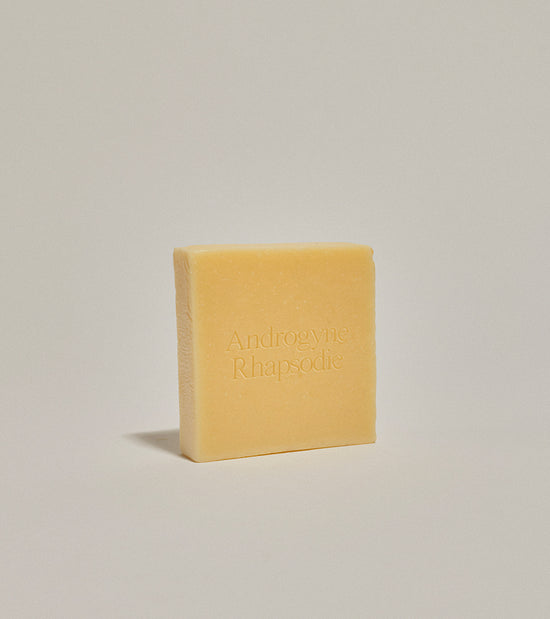The only way Louis Vuitton’s new £120 lipstick could be more perfect is if one of its 55 shades were named Guillotine. As it stands, the collection already carries the weight of a provocation: a product that straddles conspicuous consumption, bad taste, spectacle, and desire. It is, in some sense, a knowing object, both in on the joke and the joke itself. To call it extortionate is to miss the point. The price is the story.
This is a brilliant play at outrage marketing by LVMH. A lipstick made deliberately too expensive to be ignored. In setting the price so high, Louis Vuitton ensures that even though only a select percentage of people will ever buy it, many more will still be clutching their pearls over it. Outrage ripples through social media: people compare it to pints of milk, to bags of rice, to weekly grocery bills. Mutual disdain becomes a kind of folk currency, a way for the majority to bond over absurdity.

Every tweet, every gasp, every shared complaint feeds the aura. For the few who can afford it, the mockery of the many only sweetens the appeal. To pull a lipstick that costs more than a weekly shop from a handbag and reapply in public is to perform a small act of Versailles theatre, the crowd outside muttering at the gates while the court inside grows ever more exclusive.
Louis Vuitton has never really been about taste. The brand’s famous monogram is less a marker of refinement than a declaration of spending power. Its foray into beauty products continues this lineage. Being expensive is more important than being beautiful. Conspicuous consumption is the point.
The sociologist Thorstein Veblen called this out as early as 1899. In The Theory of the Leisure Class, he argued that luxury goods function less as objects of use than as performances of wealth. To buy a Louis Vuitton suitcase or a Speedy bag is to stage a drama: value measured not by craftsmanship alone but by the visibility of the price paid.

This theatre is not unique to our age. In 1930, at the start of the Great Depression, Jean Patou launched Joy, billed as “the world’s most expensive perfume.” It was an act of defiance in a collapsing economy, a talisman of pleasure when ordinary life was filled with scarcity. Vuitton’s lipstick follows the same script. The more stark the backdrop of austerity, inflation and instability, the more pointed the provocation. Outrage, in this context, is not an accident but a feature.
2025 is a year of garish display, where wealth has stopped pretending to be subtle. The divide between rich and poor yawns wider, but so too does the aesthetic gap between quiet restraint and loud, maximalist show.
The mood is everywhere. Donald Trump has transformed the Oval Office into something closer to Caesar’s Palace, a room meant to embody presidential gravitas now glowing with casino sheen. Boom Boom fashion is on the runways: padded shoulders, sequins, statement jewellery and logos so oversized they seem to shout. And Katy Perry takes a joyride into space with a capsule of wealthy women, leisure recast as orbiting spectacle. In this theatre, parody and oblivious sincerity collapse into one.

If spectacle is the theatre, then luxury objects are its props. Luxury has always known that desire clings not to use but to aura. Handbags, perfume bottles and lipstick become secondary to the performance of ownership. Packaging, gleaming in lacquered black and gold with every detail engineered for ritual, is no longer just a container but a fetish object that carries with it the glow of access, the illusion of belonging.
Desire, once defined by distance, now collapses under immediacy. The culture of “I must have it now” has cheapened longing, turning what was once an ache into a click, a one-day delivery, a dopamine hit without duration. To desire is no longer to want, but to consume.
Despite its questionable cultural signalling, the Louis Vuitton lipstick does attempt to reverse this flattening. And while pricing is by no means the only way of doing so, by pricing itself almost out of reach, it reasserts the space that desire depends on. Luxury has always relied on this etiquette of distance, the unwritten rule that the longing itself is part of the pleasure. Think of Audrey Hepburn’s Holly Golightly, gazing into the window of Tiffany’s at the beginning of Breakfast at Tiffany’s, where “nothing very bad could happen to you there.” Desire here is not a source of lack but a kind of hopeful inspiration, a shimmer of stability.
Yet there is another paradox here. Lipstick has historically been a luxury that endured in hard times. The ‘lipstick index,’ coined in 2001 by Leonard Lauder, noted that during the recession after 9/11 his company’s lipstick sales rose by 11%. The theory was simple: in times of crisis, consumers reach for affordable indulgences when everything else is out of reach. Louis Vuitton inverts that tradition, offering lipstick not as solace but as provocation, a wink of ironic exclusivity to a crowd that may be wondering if anyone even asked for this.

Luxury no longer feels as if it’s received with admiration or hopeful distance. It incites coveting, calculation, the restless hunger of how do I get what they have? In a culture of endless flaunting, the dream-space of longing has been replaced by entitlement, propped up by counterfeit handbags, dupe perfumes and grey markets. In this theatre where desire corrodes, a £120 lipstick gleams like a perfect prop for this moment: part parody, part performance, part provocation. It is both utterly trivial and a glaring mirror of our times, an emblem of beauty at the brink.

